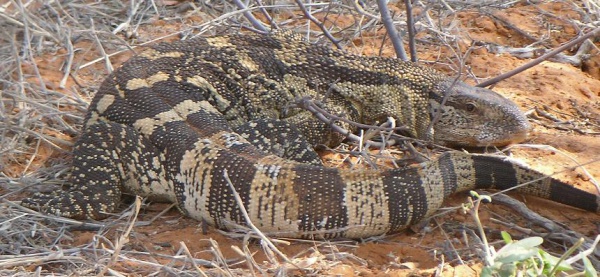Facts About Monitor lizard
Monitor lizards, belonging to the Varanus genus, are remarkable reptiles found in Africa, Asia, and Oceania. Renowned for their elongated necks, powerful tails, and sharp claws, these lizards encompass approximately 80 different species, ranging in size from a modest 20 cm to an impressive 3 meters in length. Primarily carnivorous, they feast on insects, reptiles, birds, and mammals, although some species also consume fruit and vegetation.
These lizards are widely distributed across continents, including Africa, Asia, Australia, and even the Americas. What sets them apart is their unique biology; they exhibit high metabolic rates and some species possess mild venom. Monitor lizards are oviparous and are known for their territorial behavior. It is believed that the Varanidae family originated in Asia millions of years ago, eventually evolving into the diverse species we see today.
Interestingly, some monitor lizards have demonstrated remarkable intelligence, displaying abilities like counting and cooperating during hunting. They are also quite popular in the pet trade, with many species being kept in captivity. Beyond being pets, they are utilized in traditional medicine, as a food source, for their leather, and even in the creation of musical instruments.
While most monitor lizards are not currently at risk and are listed as "least concern" by the IUCN Red List, a few species are on the brink of extinction and are protected under CITES Appendix I. Conservation efforts are ongoing to ensure the survival of these fascinating reptiles. The classification of monitor lizards is varied, with numerous subgenera and species distinguished by their unique characteristics and geographical distribution.

 Vietnam
Vietnam